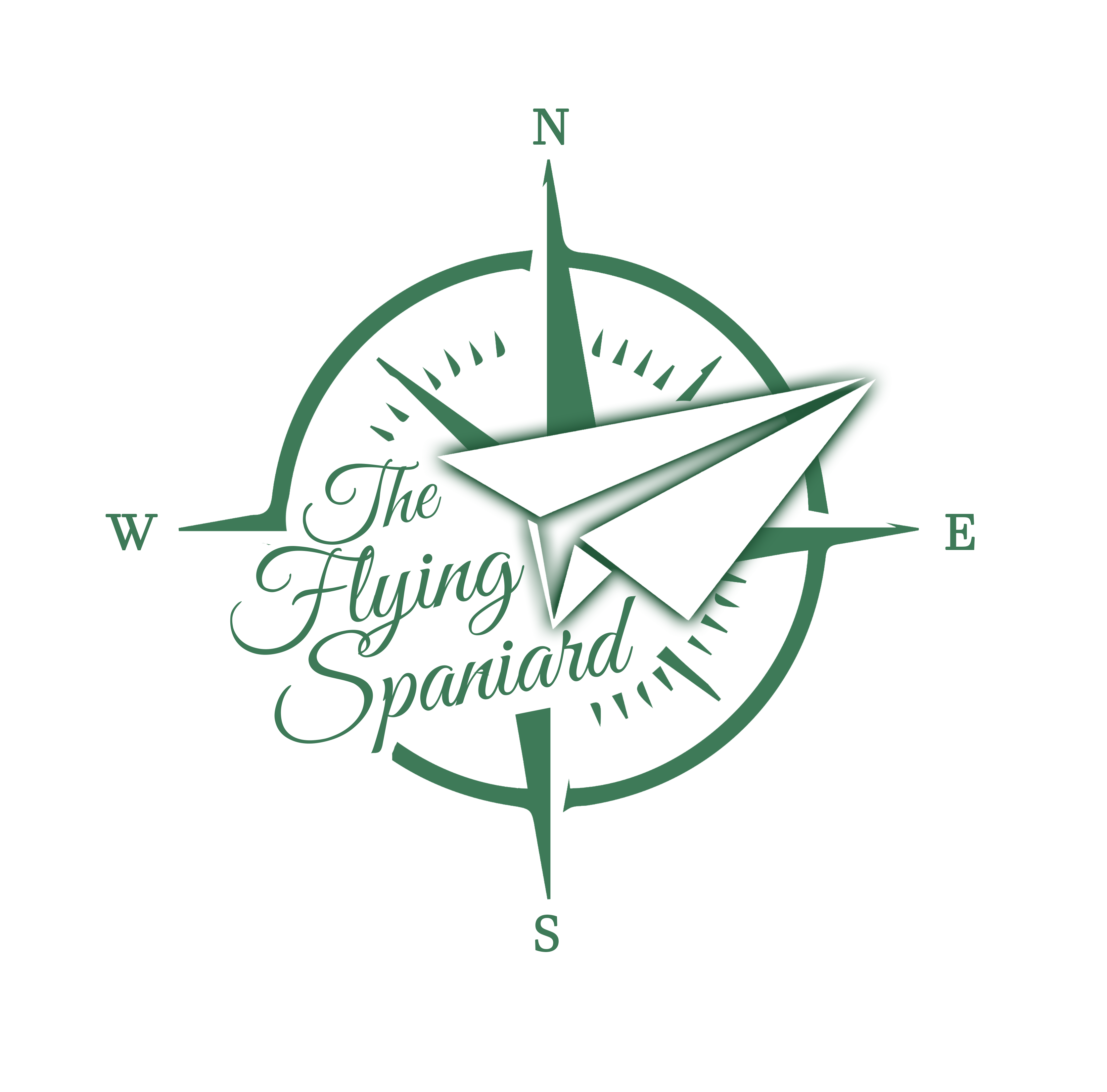From the first time I visited in 2014, I admit that I love this city, and despite not being as popular as Moscow or Saint Petersburg, it has points of interest, most related to history, that are tremendously captivating.
The three times I have visited it, I arrived by train, in a unique and unforgettable experience such as the Trans-Siberian (more information in a post dedicated entirely to it). It is generally considered to be located on the border between Europe and Siberia, although technically it is 20 km on the side of the latter.
The city is usually, on the other hand, a gateway for all those who want to visit the incredible nature of the Ural Mountains. Here are my top 5 city attractions.
Dates of the visit: 2014, 2015 and 2017
- Church on Blood
Dear reader, first of all let me add some history. In 1917, there was a revolution in the Russian empire (in February, Tsar Nicholas II, emperor of an absolutist dynasty, the Romanov, which lasted for 300 years, was forced to abdicate under popular pressure, and in October, the Bolshevik party took power), beginning a bloody civil war that would last until 1923.
In the aforementioned conflict, the Red Army, made up of all those who supported the 1917 revolution, faced the White Army, which was made up of defenders of the old regime. Tsar Nicholas, his wife and five children, in addition to the family doctor, and some other assistant, had been captured by the Red Army. It was decided to send them away from their usual residence, the city of Petrograd (now Saint Petersburg).
The last place where the royal family was confined was the Ipatiev house, in the center of Yekaterinburg, always under the surveillance of soldiers loyal to the revolution. During 1918, the white army gained ground towards the Urals.
It was then that the order was given to assassinate all of them, in order to prevent them from being rescued by the white army. On the morning of July 17, 1918, all family members, the doctor, and the assistants were forcibly raised, and after being transferred to a room in the cellars of the house, they were all shot. In total, 11 people perished.
This story leads just to The Church on Blood, that was built already in the 21st century to commemorate the place where this event was held (the Ipatiev House was demolished in 1977). Construction began in 2000, and was completed in 2003. The Russian Orthodox Church then canonized all members of the royal family.


It is observed that it is an eminently new temple, in which there are, on the inside, representative tombstones for each member of the royal family. It does not impress as much as other churches in Russia, however it is a must-see place in the city.


- Ganina Yama
After the assassination, the bodies were loaded onto a truck, and taken to a forest near the city. There they were buried in a mass grave. This place is known as Ganina Yama.
For decades this place was hidden, and it wasn’t until the 1970’s that a team of researchers, after carrying out excavations, discovered bones. However, it was not made public until the fall of the Soviet Union.
DNA analysis was performed comparing it with living survivors of the Russian royal family (including the Duke of Edinburgh, Philip, husband of Queen Elizabeth II of England, agreed to donate blood, since he is the Tsar’s second cousin), and the investigation concluded with a positive result.
Today, this place has become a place of pilgrimage, and a complex was built with 7 wooden chapels (one for each member of the royal family), all around the mass grave. There are also statues with representation of members of the royal family.




Upon arrival, the traveller observes a series of buildings, all of them made of wood, with typical autochthonous architecture. There is an exhibition with documents, fragments of history, however, all the information is determined in Russian.



The setting is simply spectacular. A beautiful old forest, charged with silence, in the purest nature, a perfect place for meditation, where it seems incredible that these events actually happened.



- City Hall and Square
The city center is made up of a large square, very austere, but dominated by the Town Hall, the city’s administrative building.
It is a building with a clearly Stalinist architecture, however, seeing it up close simply impresses. It is not visited inside, in fact, there is only one souvenir shop.


On the other hand, in the square there is a statue of the ever-present Lenin, who remembers past times.

From one side, the main street, called Vaynera, starts. It is pedestrian in nature, and despite not being long, it is a place where it is pleasant to walk. Personally, it reminds me of the Arbat street in Moscow, which I visited later.

- Visotsky Skyscrapper
This is the ideal place to witness the sunset. It is a skyscraper with an impressive panoramic viewpoint on the top floor, as well as a restaurant.

There is a fast lift that takes you there in a flash. Dear traveller, bundle up when you visit the viewpoint, as it may get very cold, especially in winter.
The restaurant, as expected, is significantly expensive compared to city standards, however, it is worth eating with privileged views of the city.


There is currently another taller skyscraper, Iset Tower, which I have not had the luck to go to, since it was not yet inaugurated when I last visited the city (2017). Whoever was recently can always make a comparison. That is just another reason to come back.
- Yeltsin Center
It is a center dedicated to the political figure of Boris Yeltsin, the first president of Russia after the fall of the Soviet Union, who was a native of Yekaterinburg. It is located just 5 minutes walk from the main square.
This place, beforehand, did not seem particularly interesting to me, however, I was taken by my friends from the city, and the visit surprised me.
First, there is a museum with part of the history of the Soviet Union. Then there is information about Boris Yeltsin’s career within the Communist Party of the USSR, as well as his rise to power.




It is an interesting museum, and the traveller also has access to documents from the communist era. All this makes part of the story much more understandable to everyone who visits it.


I must admit that, despite being one of the most distant places I have visited, I have always felt at home. I hope it does not take long to return to Yekaterinburg.
Due to the fact that there are more interesting places and views to visit, this will not be my only post about the city.
Did you know that…
… Yekaterinburg was one of the Russian cities chosen to host 2018 FIFA World Cup?
Related Links
Information about the city
http://its.ekburg.ru/en/about/
http://russia.com/city-highlight/yekaterinburg
Russian Railways
Yeltsin Center
http://www.yeltsincenter.ru/yeltsin-presidential-center
Useful Information
How to reach to Ganina Yama? There are options using public transport, however, the best option is using a taxi application. In Russia, I have always used Yandex Taxi, that is actually very helpful.
All the places exposed here (except Ganina Yama) can be visited on foot, however, there is a metro service.
Maps of Location
Credits
All photos taken using Sony Cybershot DSC – W5 Camera, and iPhone 5S.


